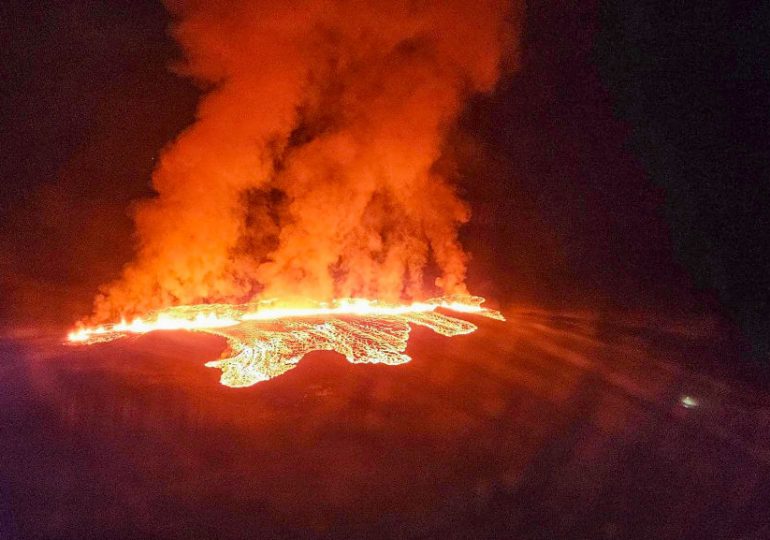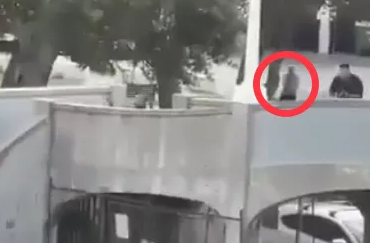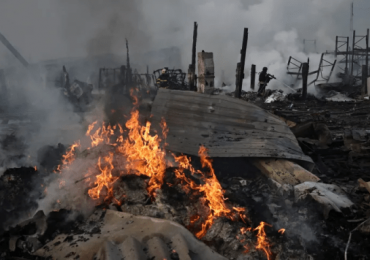A volcano has erupted in southwest Iceland. The Icelandic Meteorological Office (IMO) reported that the southernmost part of the fissure “is about 900m from the town of Grindavík.” The lava is now flowing towards the fishing town in the Reykjanes peninsula, resulting in a forced evacuation of its residents.
[time-brightcove not-tgx=”true”]
The volcanic eruption was triggered after a series of earthquakes struck the region, with the IMO citing that over 200 quakes had been measured in the area. The largest recorded earthquake was of 3.5 magnitude, near Hagafell mountain.
This is the second volcanic eruption to take place in the Reykjanes peninsula in less than one month, and the fifth to occur since 2021.
As such, this is the second time the residents of Grindavík have been ordered to evacuate in recent months. They were previously forced to leave their homes in November, after high seismic activity prompted concern that a volcano eruption might occur. The eruption happened in December, when lava spewed from a two-mile-long crack on the Reykjanes peninsula.
Since then, authorities have been building defensive walls, with the aim of directing lava away from residential communities in the event of future eruptions. However, the current opening in the ground is south of the deflection barriers, the IMO stated, confirming that lava is heading towards the town.
Iceland President Gudni Johannesson has assured the public there is currently no threat to human life. “A new volcanic eruption began in the early morning, just north of Grindavík,” he said, in a statement shared on X (formerly Twitter). “The town had already been successfully evacuated overnight and no lives are in danger, although infrastructure may be under threat.”
Johannesson added that there are currently no interruptions to flights. This is in contrast to a volcanic eruption that occurred in Iceland in 2010, which resulted in thick clouds of ash and heavily impacted air travel across Europe for several weeks.
Leave a comment







